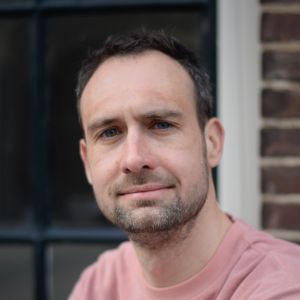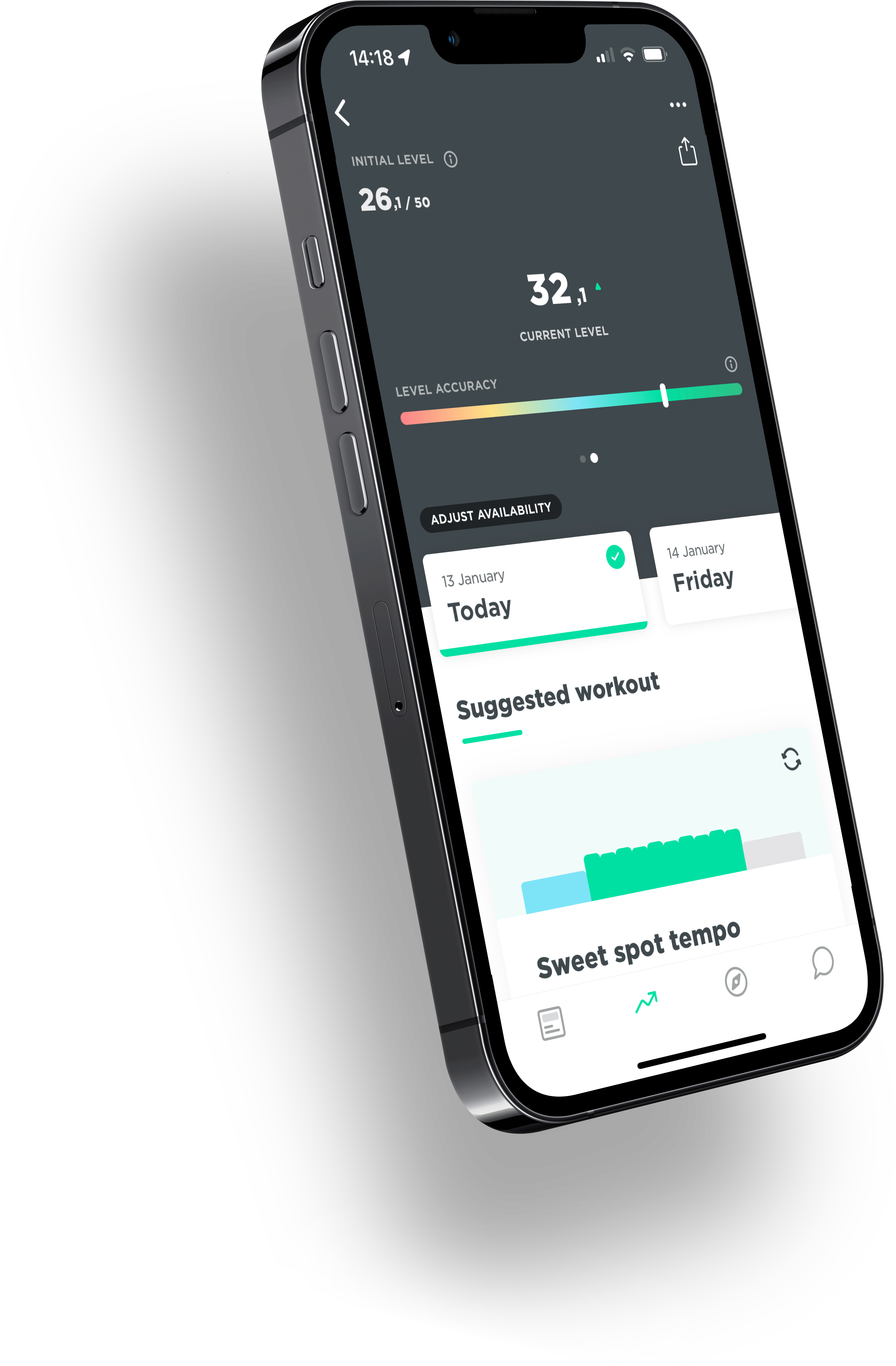The saying goes that only women and red wine improve with age. But also Alejandro Valverde was riding the 2021 Tour de France again like a young racehorse, even though he is in his forties! Despite the increasing number of new, upcoming stars like Remco Evenepoel and Quinn Simmons, there are quite a few pro cyclists who are still doing well at relatively old age. Think for example of Chris Horner, who won the Tour of Spain in 2012 at the age of forty-one. But why shouldn’t you be able to compete at the front of the peloton at an older age? Maybe there are also advantages to getting older within cycling. But let’s start with the bad news.
The loss of muscle mass while you get older
As you get older, you lose muscle mass (both the volume and the number of fibers decrease significantly). The muscles also lose their ability to extract oxygen from the blood. This is mainly due to a decrease in the mitochondria and their functioning. In addition, the immune system also has to deal with the aging process, which on average amounts to a decrease of 2-3% per year from the age of 20. This is mainly due to a decrease in the production of white blood cells and T-cells, as a result of which disease and infection will occur more often and faster. Genetics, nutrition, lifestyle and the degree of physical activity all determine the course of the aging process. Research shows that physical activity at a later age can slow down these processes and even postpone them completely! However, it is of course a process that eventually will occur anyway.
You need more strength training the older you get
The most important thing to do as the age increases is to add strength training and HIT training to the training regime. From an untrained status you have to start with just easy rides, because you will get enough training effect from this. In addition, endurance rides always remain the basis of an aerobic sport such as cycling. But once you have passed the untrained stage, it is smart to add high intensity training (HIT) and strength training to the easy rides. These HIT training sessions increase the mitochondrial capacity by 49% in young people, but even by 69% in older people.
The advantages of getting older
There are also advantages with the increase in age, so that Valverde, for example, still manages to keep up with the peloton. Experience is one: as simple as it is difficult to grasp. There are various forms of experience. It’s the tactical experience of following the right demarrage in a race or not completely blowing yourself up on the first climb of a cyclo. Also the experience which training regime or feeding schedule works out the best for you. But perhaps the most important is the experience at the mental level. In cycling, it’s not uncommon to find that the older guys are the best at dealing with exploding legs and lactate levels up to their eyeballs.
Does your pain tolerance go up with the years?
Of course, it is difficult to measure who is suffering the most pain, but there are studies that have measured the relationship between how hard someone indicates that an exercise is feeling and what percentage of his or her Vo2max he or she is pushing at the same time. These studies show that pros give a lower ‘pain number’ at a high percentage of their Vo2max than amateurs or younger cyclists. On a scale of 6 to 20, for example, pros report a 16 at an average of 89% of their Vo2max, while amateurs and young cyclists at the 16-level were found to push 81% and 83% of their Vo2max respectively.
Experience is key
Pros and more experienced riders probably have better coping strategies with high intensity cycling, making it feel less heavy. You could argue that pros are pros because they have a higher pain tolerance for starters anyway. Studies show that mental strategies work in coping with pain, so you can keep going a little longer. Mental techniques such as dissociation, disconnecting feeling and situation, and distraction (looking for distraction in other things than the pain in our legs), can be developed by consciously applying them regularly and thus gaining experience. Other techniques like positive self-talk can also help. For example, converting the experience into positive self-talk, that the pain is only temporary and of short duration (and that the glory is forever!). This can make the difference, and help the older cyclists beat the younger ones.


